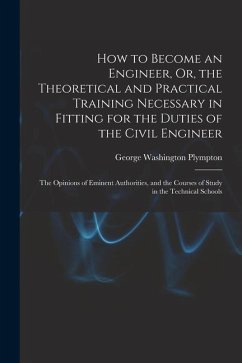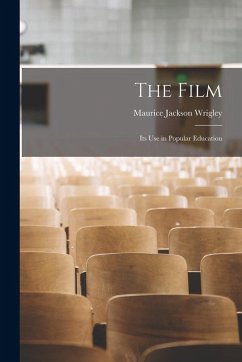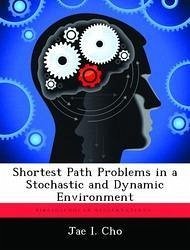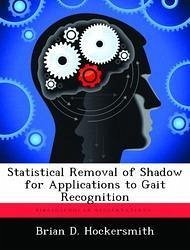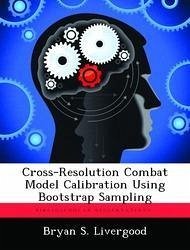
Consistency Results for the ROC Curves of Fused Classifiers
Versandkostenfrei!
Versandfertig in über 4 Wochen
52,99 €
inkl. MwSt.
Weitere Ausgaben:

PAYBACK Punkte
26 °P sammeln!
The U.S. Air Force is researching the fusion of multiple classifiers. Given a finite collection of classifiers one seeks a new fused classifier with improved performance. An established performance quantifier is the Receiver Operating Characteristic (ROC) curve, which allows one to view the probability of detection versus the probability of false alarm in one graph. Previous research shows that one does not have to perform tests to determine the ROC curve of this new fused classifier. If the ROC curve for each individual classifier has been determined, then formulas for the ROC curve of the fu...
The U.S. Air Force is researching the fusion of multiple classifiers. Given a finite collection of classifiers one seeks a new fused classifier with improved performance. An established performance quantifier is the Receiver Operating Characteristic (ROC) curve, which allows one to view the probability of detection versus the probability of false alarm in one graph. Previous research shows that one does not have to perform tests to determine the ROC curve of this new fused classifier. If the ROC curve for each individual classifier has been determined, then formulas for the ROC curve of the fused classifier exist for certain fusion rules. This will be an enormous saving in time and money since the performance of many fused classifiers can be determined analytically. In reality only finite data is available so only an estimated ROC curve can be constructed. It has been proven that estimated ROC curves will converge to the true ROC curve in probability. This research examines if convergence is preserved when these estimated ROC curves are fused. It provides a general result for fusion rules that are governed by a Lipschitz continuous ROC fusion function and establishes a metric that can be used to prove this convergence.






